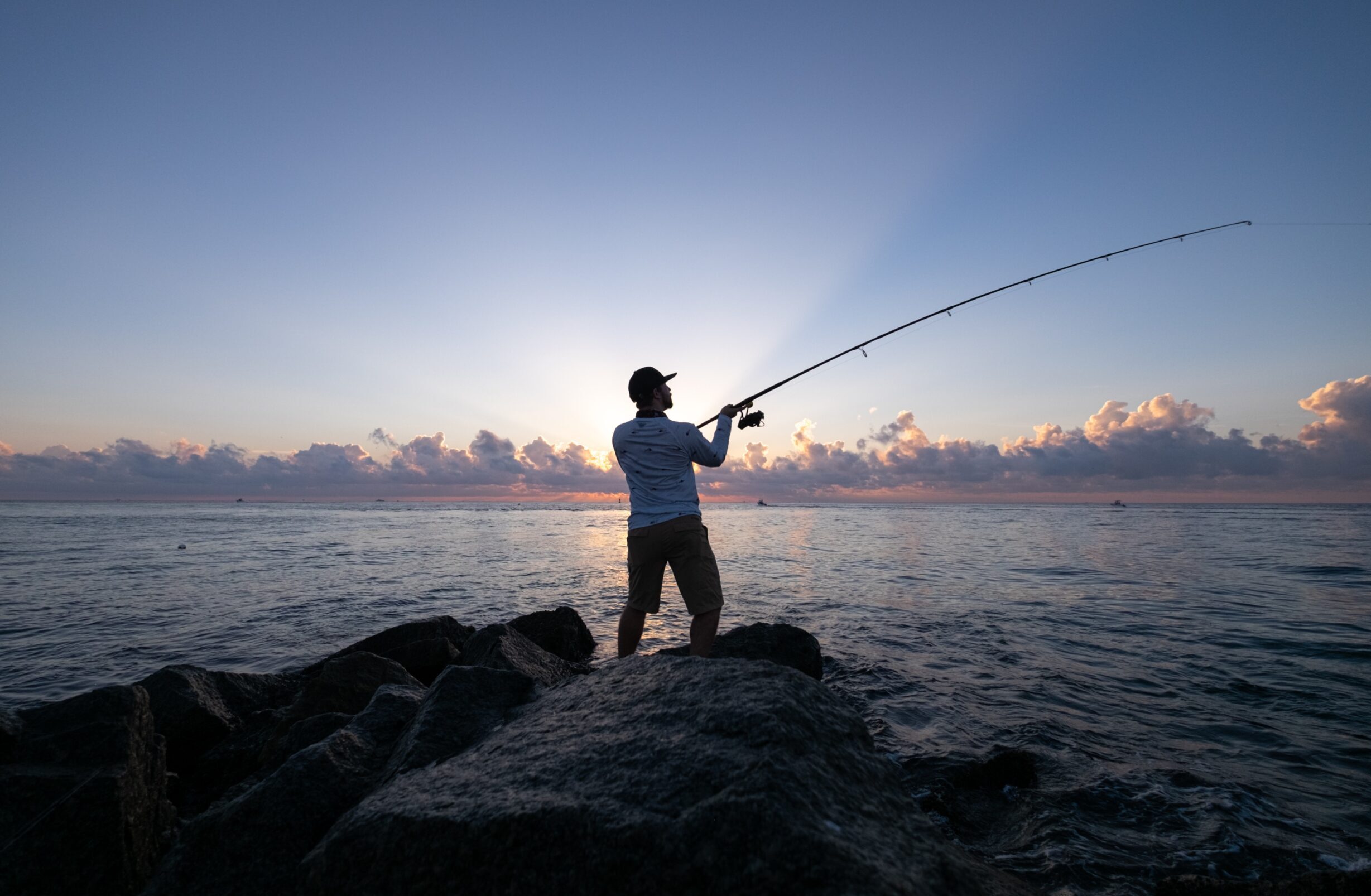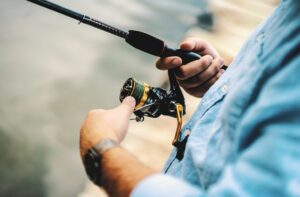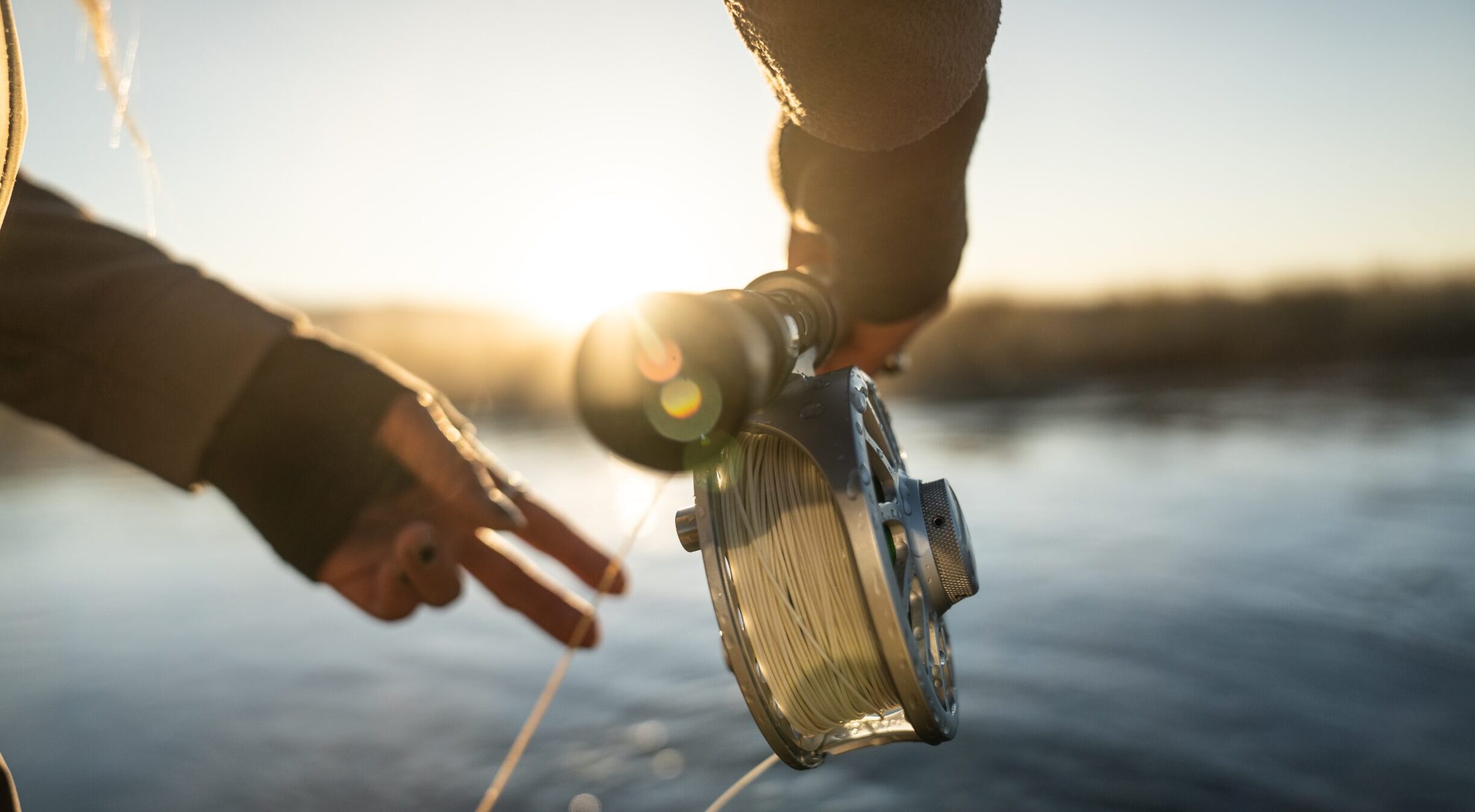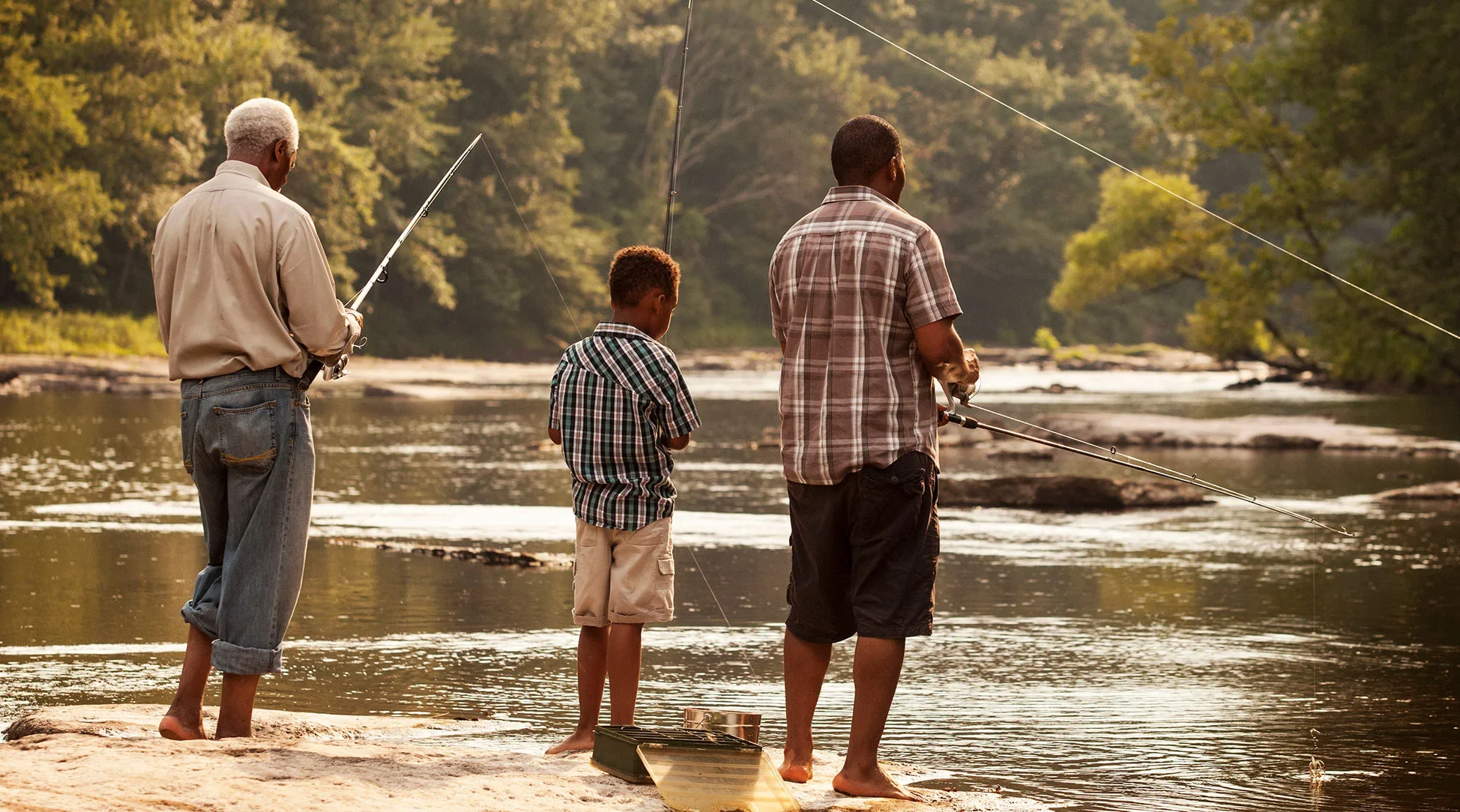Are you looking for a new winter hobby that’s both thrilling and relaxing? Look no further than ice fishing! This unique sport allows you to venture out onto frozen lakes, ponds, and rivers in search of freshwater fish like panfish and perch. But where do you start as a beginner? In this article, we’ll cover all the basics – from techniques to equipment to safety tips – so that you can get started on your ice fishing journey with confidence. So grab your winter gear and let’s dive into the world of ice fishing!
What is Ice Fishing?
Ice fishing is a winter sport that involves catching fish through holes in frozen bodies of water. Anglers drill or cut holes into the ice and drop baited lines to lure fish, typically species like panfish and perch. Ice fishing can be done on lakes, ponds, reservoirs, and even rivers during certain times of the year when conditions are safe.
One unique aspect of ice fishing is that it requires specialized equipment designed for use in sub-zero temperatures. This includes augers for drilling holes in the ice, tip-ups or rods with reels for catching fish, and shelters or tents to keep warm while waiting for bites. Additionally, anglers must dress appropriately with layers of warm clothing to protect against cold winds.
Although it may seem daunting at first glance, ice fishing can be an incredibly rewarding experience for those who enjoy spending time outdoors in wintery landscapes. With a little bit of preparation and knowledge about techniques and safety precautions necessary to stay safe on frozen waters!
The Different Types of Ice Fishing
Ice fishing is a diverse sport with many different techniques and methods for catching fish through the ice. One of the most common types of ice fishing is jigging, which involves using a small lure or jig to attract fish and then moving it up and down in the water column to entice a bite.

Another popular method is tip-up fishing, where baited lines are suspended under frozen holes in the ice. When a fish takes the bait, a flag attached to the line pops up, alerting the angler that they have caught something.
Spearfishing is another type of ice fishing that requires skill and precision – it involves cutting a hole in the ice and waiting for fish to swim by before striking them with a spear.
Some anglers also use traps or nets placed beneath holes drilled into the ice, while others prefer fly-fishing techniques adapted for winter conditions.
Regardless of your preferred technique, be sure to research local regulations regarding bag limits and other rules before heading out on your next ice fishing adventure.
Pros and Cons of Ice Fishing
Ice fishing is an exciting winter activity that has its fair share of pros and cons. On one hand, it offers a unique experience to enjoy nature’s beauty in the quiet serenity of frozen lakes and rivers. But on the other hand, it can be dangerous if proper safety precautions are not taken.
One advantage of ice fishing is that it provides a great opportunity for bonding with friends and family while catching fish together. It’s also a good way to escape from the hustle and bustle of city life and get some fresh air.

However, ice fishing comes with its own set of challenges such as extreme cold weather conditions, which can lead to frostbite or hypothermia if you’re not properly dressed. Additionally, there may be hidden dangers beneath the ice such as thin spots or unstable currents causing potential accidents.
Another disadvantage is that fish tend to move slower in cold water making them harder to catch compared to warmer seasons when they are more active. Plus, there might be limited options for bait due to restricted access during winter months.
Ice fishing can provide an enjoyable experience but only if done safely and responsibly with all necessary precautions taken into account before embarking on this adventure.
What Foods to Eat While Ice Fishing?
When you’re out on the ice, it’s important to have some snacks and drinks to keep you fueled and hydrated. But what are the best foods to eat while ice fishing?

Firstly, it’s important to bring foods that won’t freeze or become too hard in colder temperatures. Avoid bringing fruits such as bananas or apples as these can easily become frozen and inedible.
Instead, opt for high-energy snacks like trail mix, protein bars, jerky or granola bars. These will give you a quick boost of energy when needed without weighing down your backpack.
In terms of drinks, always make sure to bring plenty of water with you as dehydration can happen even in colder temperatures. Warm beverages like tea or cocoa can also be a great option for warming up when the temperature drops.
Don’t forget about your meals! Bringing easy-to-make sandwiches or wraps is a great idea for lunchtime meals on the go. And if you’re staying overnight on the ice, consider bringing canned soups or stews that can be heated up quickly over a portable stove.
Remember: keeping yourself fueled and hydrated during an ice fishing trip is just as important as catching fish itself!
How to Dress for Ice Fishing
When it comes to ice fishing, dressing appropriately is key. Being out on a frozen lake can be bitterly cold and windy, so it’s important to bundle up in warm layers.
Firstly, start with a good base layer made of moisture-wicking fabric that will keep you dry from sweat. Avoid cotton as it retains moisture and can make you feel colder.
Next, add insulating layers like fleece or wool sweaters to trap heat close to your body. Make sure they fit snugly but still allow for movement.
For your outer layer, choose a waterproof and wind-resistant jacket and pants. This will protect you from any snow or sleet while keeping the wind at bay.
Invest in quality boots that provide enough insulation and have slip-resistant soles for safety on slippery surfaces. Don’t forget gloves or mittens to keep your fingers warm!
Remember accessories such as hats that cover your ears and neck gaiters for added warmth around your face.
By following these tips when dressing for ice fishing, you’ll stay warm and comfortable throughout the day!
Ice Fishing Tips and Tricks
Ice fishing can be a rewarding and enjoyable experience, but it requires some skill and knowledge to do it right. Here are some tips and tricks that beginners should keep in mind when ice fishing:
1. Location is key: Do your research beforehand to find out where the fish are most likely to be found. Look for areas with natural structure such as weed beds or drop-offs.
2. Use the right bait: Different types of fish prefer different baits. Some popular choices for panfish and perch include waxworms, maggots, or small jigs tipped with shrimp.
3. Be patient: It may take some time before you get a bite, so bring something to pass the time like a book or podcast.
4. Keep warm: Dress appropriately in layers and bring hand warmers if needed. A cold body can make for an unpleasant experience even if you’re catching plenty of fish.
5. Practice safety first: Always check the thickness of the ice before going out onto it, wear appropriate safety gear such as ice cleats or spikes, and never go alone.
6. Pay attention to weather conditions: Fish tend to be more active during certain times of day depending on weather patterns like cloud cover or barometric pressure changes.
Remember that practice makes perfect when it comes to ice fishing! Don’t get discouraged if you don’t catch anything on your first trip – keep at it and you’ll improve over time with these tips in mind!
Ice fishing may seem like a daunting task for beginners, but with the right techniques and tips, you can make your experience enjoyable and fruitful. Remember to always check the ice thickness before venturing out onto a frozen lake or river, dress warmly in layers, pack enough food and drinks, and use proper equipment.
Knowing different types of fish behavior during winter will help you select the appropriate bait or lure to catch them. Also, experiment with different jigging techniques until you find what works best for each type of fish.
Don’t get discouraged if you fail to catch anything on your first attempt. Ice fishing is all about patience and perseverance. With time and practice, you’ll become an expert angler able to take home delicious panfish or perch that are perfect for a winter feast! Happy Fishing!


